Saluting the heroic deeds of a rural athletics club in County Cork
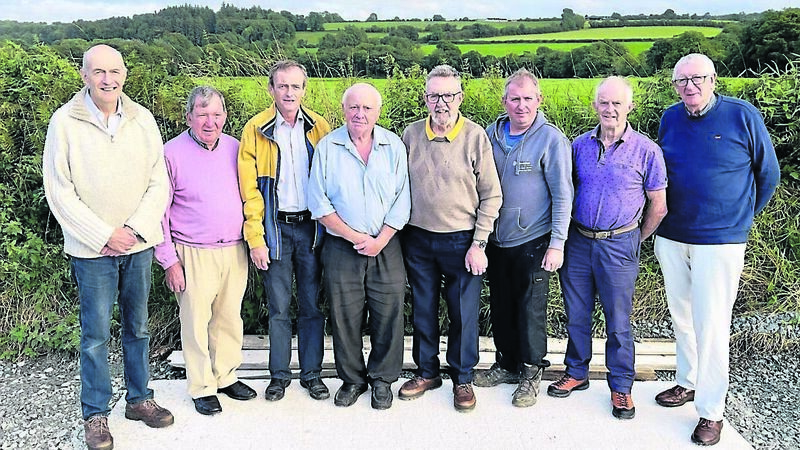
Reared on the family farm at Desert, Bartlemy, he lived with his parents, brother John and sister Eily in a beautiful old-world thatched house - built probably in the mid-1800s.
Moss played hurling and football, was a brilliant athlete and loved sport involving dogs - he ‘followed the hounds’ even in his old age.
As a teenager and young man, Gaelic games were at a low ebb in this parish with little playing activity. A club was restarted in Bartlemy in January, 1951, and Moss was one of the 39 present who paid 2/6 (half a crown) each to get things going - incidentally, only William ‘Bob’ O Regan survives from that group of 39.
Over the next few years, a few tournaments were won but no League or Championship honours were garnered. Moss played on these teams and, in 1965, when the Bride Rovers Club was reformed, he was still lining out to ensure 15 players were on duty.
He never had a problem with weight, he was wiry but strong, and physical farmwork meant stamina and strength were never a problem.
Moss lived close to the parishes of Castlelyons and Lisgoold. Kildinan was at the other end - on the ‘boundary’ with Glenville and Ballyhooley.
In the 1880s and ’90s, the Bridestown townland in Kildinan was home to the Phibbs brothers, Con and Bill. They were superb athletes, winning Cork and National titles. Bill was a member of what has come to be called the GAA ‘American Invasion’.
In September, 1888, a party of 25 hurlers, 18 track and field athletes and ten officials sailed from Cobh to the New World. The GAA party played exhibition games and took part in several major athletic contests. Bill Phibbs was one of the star competitors.
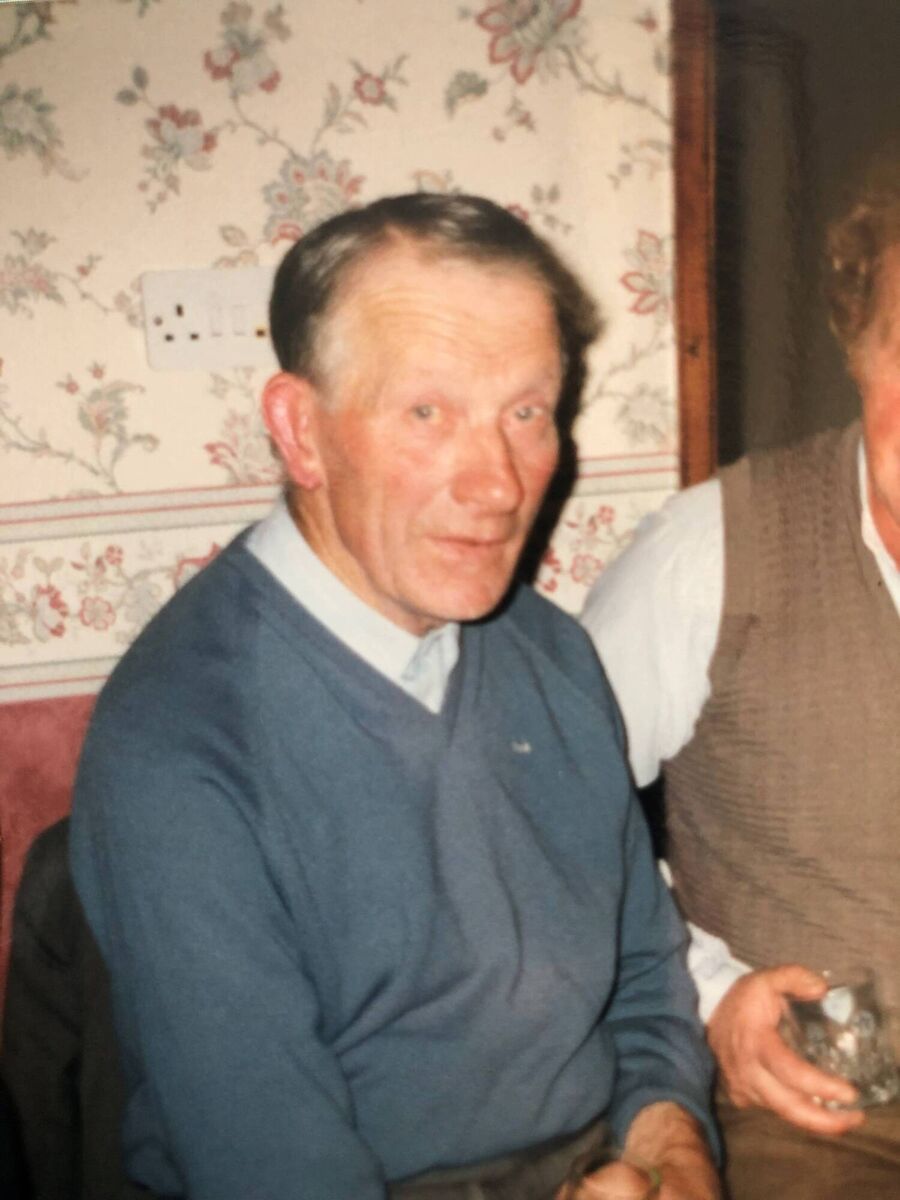
The ‘Invasion Team’ spent six weeks in the States, but Phibbs and others stayed longer - some never returned.
Bill did come back and, along with Con, was nationally known - their appearance at a sports meeting guaranteed a bumper crowd.
In 1938, the year before Bill died, Kildinan Athletic Club was formed. It was pre-war Ireland, life was simple, and in rural areas like Kildinan, young men often gathered at crossroads or in farmers’ fields of a Sunday afternoon for ‘davarsion’. Some hurled or played football or pulled the tug-o-war rope, and some ran.
The Kildinan Club was an amazing phenomenon. Within 15 years, club athletes had captured county cross-country titles at novice, junior and senior. In 1942, a team from Kildinan reached the All-Ireland final in Santry in Dublin. They finished in seventh place.
With a stronger team the following year, the club, only five years in existence, won the All-Ireland. The winning team consisted of captain George Gubbins, Danny Murphy, Dinny O’Driscoll, Pat Keohane, Pat Porter, Jimmy Buckley, Dick Barry, J. Purcell, Dan Murphy, Willie Rea, Pat Hourihan and Johnny Dorgan.
In later years, I knew Dick Barry and Johnny Dorgan well. In his 95th year, I talked to Danny Murphy of Lackendarra about their great win and he recalled the details with amazing clarity.
Dan Murphy, a native of Dripsey, but living near Ovens, told me he was approached to join the club in late 1942. “Little did I think that I’d be an All Ireland winner in a few months.”
It was the Kildinan club that Moss Egan joined in 1948, and from 1949 to 1951 he won a glittering array of medals at county and provincial level. Years later he gave his neighbour and friend Christy Daly an insight into his athletic preparations over 70 years ago.
Moss Egan said he never trained at home by day, “’twould be frowned on - too much work to do on the farm from dawn ’til dusk. But at ten o’clock at night, when they’d be all gone to bed, I’d go out in the field and run, run, run...!”
It might be a unique training regime but for Moss it worked. Just this week I got to see seven of his ‘big race’ medals - all won with Kildinan.
These lines from a local song indicate the importance of ‘gathering places’ like the old rustic bridge, the old boreen and The Pound.
Those Kildinan athletes that did ‘normal’ training did so in the Pond Field of the Lindsay family across the road from The Pound.
It wasn’t just cross country runners who gathered here. The Pound was also famous for its dancing ‘stage’. Here on Sunday nights the crowds gathered to meet, to dance and to ‘court’. The memories of all those great days and great nights will come back to stay again on Sunday night. Once more the crowds will gather at The Pound.
Last winter, a small group got together to commemorate the daring deeds of Kildinan athletes down the decades. The club was formed in 1938 and waned in 1952. It had brief renaissance in the mid 1960s when a young John Hartnett wore the green singlet of Kildinan AC.
A committee was formed and a plan was worked out for fundraising to put in place a suitable commemorative sculpture.
On Sunday evening next, half an hour after the Angelus, an unveiling ceremony will be held to which an open invitation is extended.
Four members of that team of 80 years ago, Pat Porter, Willie Rea, J. Purcell and pat Hourihan remain a mystery to us still as we have no contact with any family members.
Nevertheless, that tradition of which the Phibbs brothers were a major part, as were the 1943 team, Moss Egan and all who ever ran for Kildinan, will be proudly recalled and remembered.
Kildinan is a unique place - partly in Cloyne Diocese and partly in the Diocese of Cork and Ross, and crossing parish boundaries too. It’s hard to imagine how a small group of men with great ambition came together and blazed such a successful trail in a short few years.
Moss Egan was a humble countryman who loved sport, and so were all those donned the green of Kildinan down the years. They brought great success to the area, but most of all, huge happiness, enjoyment, fun, and a sense of local pride that will never be forgotten.
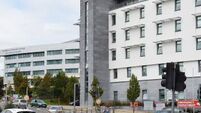


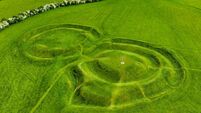
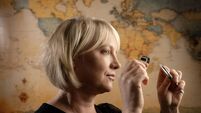

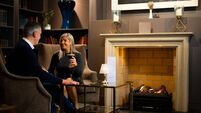
 App?
App?




